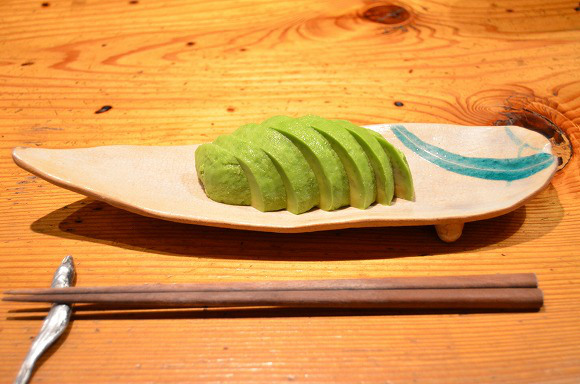
Recently, we dined on a gigantic, gooey, and glorious cheeseburger. We were glad we did, but honestly, in one sitting we consumed enough beef to last us a week.
So for our next meal out we decided to head for the opposite end of the dining spectrum in both ambiance and ingredients, and headed to a different part of Tokyo to try their pickled avocados with a flavor that’s been over 30 years in the making.
Whereas we got our giant burger in rowdy Shibuya, this time we visited the much more staid neighborhood of Koenji in the west part of Tokyo. Our destination was Kyu, a tiny restaurant that serves small plates of foods to go along with its large selection of alcoholic drinks.
Inside we met the owner/chef, who also goes by the name Kyu. The friendly and laid-back proprietor alters her menu each day depending on what sort of quality ingredients she can get her hands on, but as we perused the list of offerings, we quickly settled on one item.
Japan has a long-standing gastronomic love affair with pickles, but the ingredients used are usually indigenous to Japan, or at least Asia, such as daikon radish, eggplant, and cucumber. So when we saw Kyu had pickled avocados, we knew we had to try this Japanese take on the Mexican/Central American fruit.
Kyu makes her pickled avocado in the nukatzuke style, which means the ingredients are buried in a bed of salted rice bran to ferment.
The chef was even generous enough to show us how the dish is made, and it seems incredibly simple. Simply slice the avocado in half, remove the seed, and place it in the rice bran. Surprisingly, Kyu says she doesn’t bother removing the skin at this point. “I’ve tried making it a lot of different ways, but I got the best color and fullest flavor by leaving the skin on while it ferments,” she explained.
After completing the above steps, all you need to do is let everything sit for about 24 hours, and your pickles will be ready to eat.
Once our crash course in pickle making was done, Kyu placed a plate of sliced avocado in front of us. With the faint yet enticing aroma of bran oil spurring us on, we picked up a piece with our chopsticks and enjoyed a mouthful of delicious, melty avocado nukatzuke.
Kyu’s been running her restaurant for five years, though, so it’s not like the unique pickles are the extent of her culinary skills. We supplemented our avocado with the equally unorthodox tempura corn, plus a few other dishes (and a glass of nice cold beer, of course), before finishing our meal with a bowl of miso soup with clams, a rice ball, and a few more slices of assorted pickles.
Tasty as everything was, the avocado was definitely the standout. Armed with Kyu’s recipe, we’re anxious to try making it for ourselves, even if there’s one big reason it probably won’t taste quite as good as what she’d made for us.
When making nukatzuke, the rice bran culture gets added to slowly over time, and can last for decades. Depending on the exact ingredients that’ve passed though, different flavors will emerge, and Kyu’s been building hers up for a long time. “When I opened my restaurant, a cooking acquaintance of mine gave me some of her rice bran culture, which she’d been using for 30 years. I combined that with some of my own that was five years old, and that mixture is what I use to make the avocado pickles,” she informed us.
So if we start today, we’ll have a shot at duplicating Kyu’s flavor around the time we hit retirement age. Thankfully, in the meantime, we can always go back to her restaurant in Koenji.
Restaurant information
Kyu / 休
Address: Tokyo-to, Suginami-ku, Koenji Minami 3-56-5
東京都杉並区高円寺南3-56-5 1F
Open 3 p.m.-midnight
Closed Sundays and holidays
Telephone: 03-3316-7319
Photos: RocketNews24
[ Read in Japanese ]

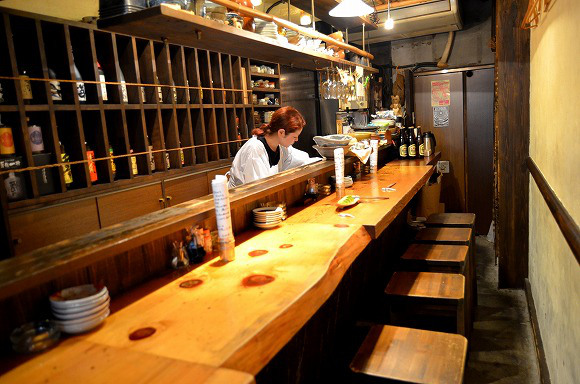
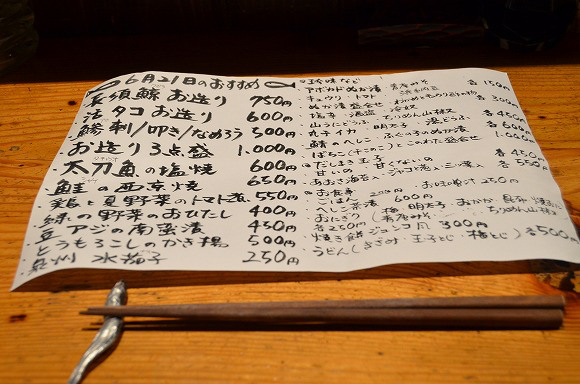
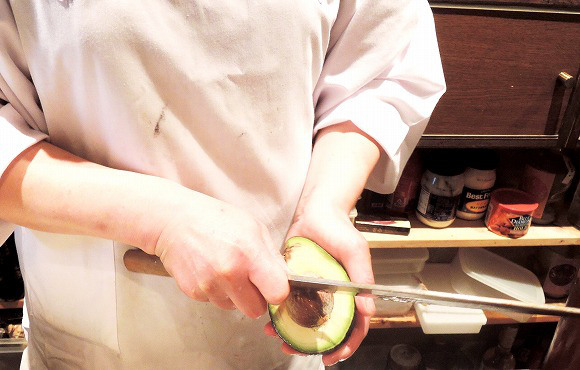
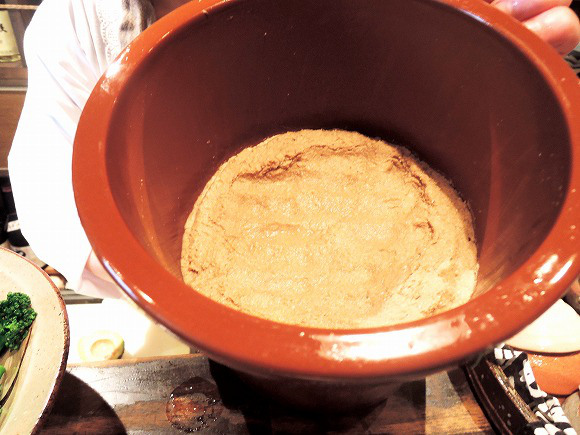
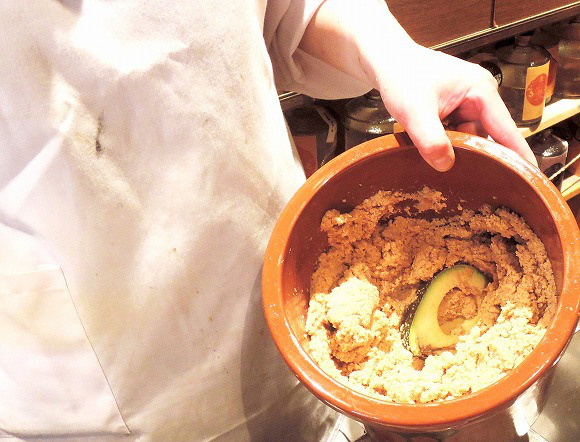


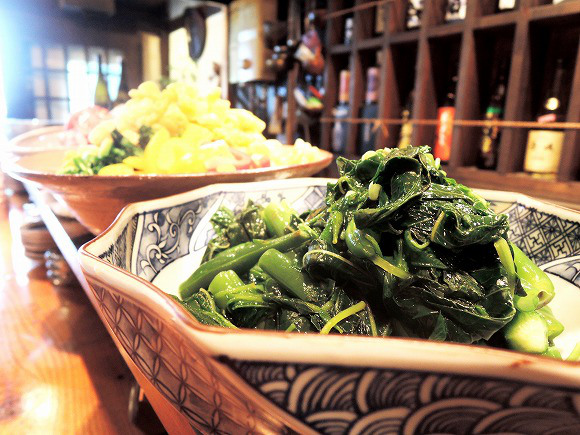
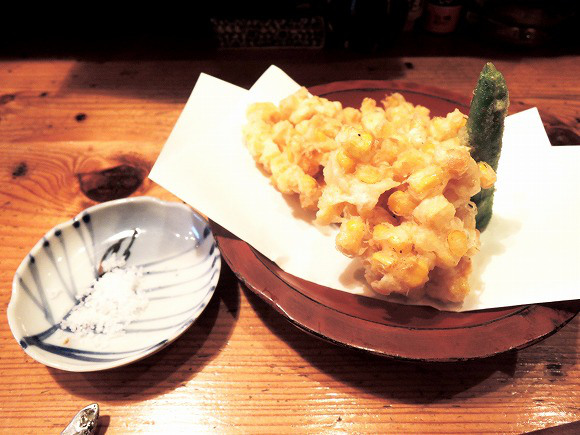
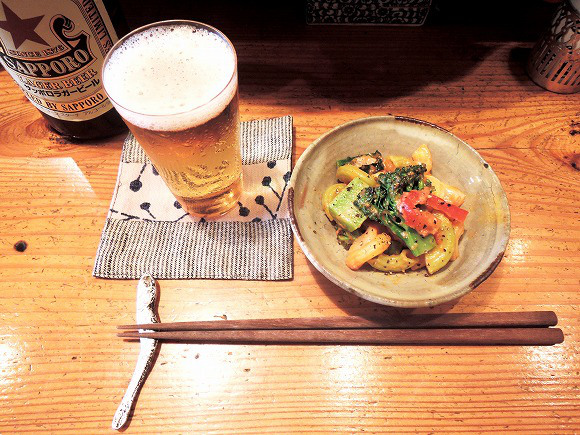
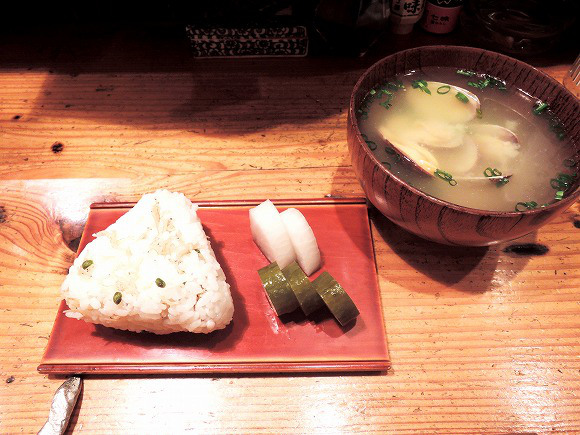
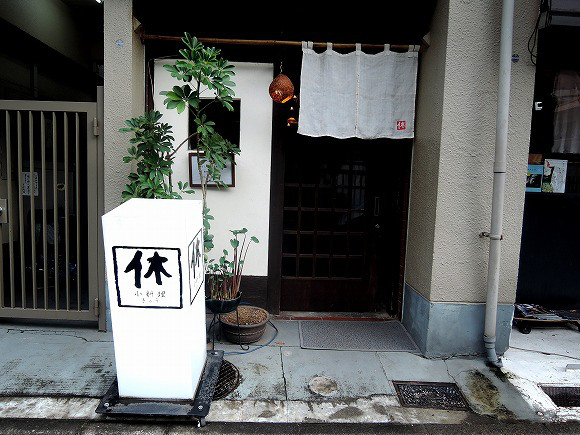
 Häagen-Dazs Japan tells us to put ice cream on our avocado toast — Were we wrong to listen?
Häagen-Dazs Japan tells us to put ice cream on our avocado toast — Were we wrong to listen? Muji’s Nuka Paste for Pickling is perfect for making your own Japanese pickles at home
Muji’s Nuka Paste for Pickling is perfect for making your own Japanese pickles at home We try McDonald’s Avocado Beef, see if it’s as lame as people on Twitter are suggesting
We try McDonald’s Avocado Beef, see if it’s as lame as people on Twitter are suggesting Avocado Tiramisu Cake: Japan’s newest must-try dessert
Avocado Tiramisu Cake: Japan’s newest must-try dessert Häagen-Dazs Japan recommends ice cream with tomato and avocado, so we trust them and try it
Häagen-Dazs Japan recommends ice cream with tomato and avocado, so we trust them and try it McDonald’s new Happy Meals offer up cute and practical Sanrio lifestyle goods
McDonald’s new Happy Meals offer up cute and practical Sanrio lifestyle goods All-you-can-drink Starbucks and amazing views part of Tokyo’s new 170 meter-high sky lounge
All-you-can-drink Starbucks and amazing views part of Tokyo’s new 170 meter-high sky lounge More foreign tourists than ever before in history visited Japan last month
More foreign tourists than ever before in history visited Japan last month Starbucks reopens at Shibuya Scramble Crossing with new look and design concept
Starbucks reopens at Shibuya Scramble Crossing with new look and design concept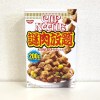 What happens to Cup Noodle Mystery Meat when you cook it in a rice cooker?
What happens to Cup Noodle Mystery Meat when you cook it in a rice cooker? Disney princesses get official manga makeovers for Manga Princess Cafe opening in Tokyo
Disney princesses get official manga makeovers for Manga Princess Cafe opening in Tokyo Foreign English teachers in Japan pick their favorite Japanese-language phrases【Survey】
Foreign English teachers in Japan pick their favorite Japanese-language phrases【Survey】 Is the new Shinkansen Train Desk ticket worth it?
Is the new Shinkansen Train Desk ticket worth it? Arrest proves a common Japanese saying about apologies and police
Arrest proves a common Japanese saying about apologies and police Tokyo’s most famous arcade announces price increase, fans don’t seem to mind at all
Tokyo’s most famous arcade announces price increase, fans don’t seem to mind at all We try out “Chan Ramen”, an underground type of ramen popular in the ramen community
We try out “Chan Ramen”, an underground type of ramen popular in the ramen community Beautiful new Final Fantasy T-shirt collection on the way from Uniqlo【Photos】
Beautiful new Final Fantasy T-shirt collection on the way from Uniqlo【Photos】 There’s a park inside Japan where you can also see Japan inside the park
There’s a park inside Japan where you can also see Japan inside the park Japanese convenience store packs a whole bento into an onigiri rice ball
Japanese convenience store packs a whole bento into an onigiri rice ball Studio Ghibli releases Kiki’s Delivery Service chocolate cake pouches in Japan
Studio Ghibli releases Kiki’s Delivery Service chocolate cake pouches in Japan Japan’s bone-breaking and record-breaking roller coaster is permanently shutting down
Japan’s bone-breaking and record-breaking roller coaster is permanently shutting down New definition of “Japanese whiskey” goes into effect to prevent fakes from fooling overseas buyers
New definition of “Japanese whiskey” goes into effect to prevent fakes from fooling overseas buyers Foreign passenger shoves conductor on one of the last full runs for Japan’s Thunderbird train
Foreign passenger shoves conductor on one of the last full runs for Japan’s Thunderbird train Our Japanese reporter visits Costco in the U.S., finds super American and very Japanese things
Our Japanese reporter visits Costco in the U.S., finds super American and very Japanese things Kyoto bans tourists from geisha alleys in Gion, with fines for those who don’t follow rules
Kyoto bans tourists from geisha alleys in Gion, with fines for those who don’t follow rules Studio Ghibli unveils Mother’s Day gift set that captures the love in My Neighbour Totoro
Studio Ghibli unveils Mother’s Day gift set that captures the love in My Neighbour Totoro Domino’s Japan now sells…pizza ears?
Domino’s Japan now sells…pizza ears? New Japanese KitKat flavour stars Sanrio characters, including Hello Kitty
New Japanese KitKat flavour stars Sanrio characters, including Hello Kitty Sales of Japan’s most convenient train ticket/shopping payment cards suspended indefinitely
Sales of Japan’s most convenient train ticket/shopping payment cards suspended indefinitely Sold-out Studio Ghibli desktop humidifiers are back so Totoro can help you through the dry season
Sold-out Studio Ghibli desktop humidifiers are back so Totoro can help you through the dry season Japanese government to make first change to romanization spelling rules since the 1950s
Japanese government to make first change to romanization spelling rules since the 1950s Ghibli founders Toshio Suzuki and Hayao Miyazaki contribute to Japanese whisky Totoro label design
Ghibli founders Toshio Suzuki and Hayao Miyazaki contribute to Japanese whisky Totoro label design Doraemon found buried at sea as scene from 1993 anime becomes real life【Photos】
Doraemon found buried at sea as scene from 1993 anime becomes real life【Photos】 Tokyo’s most famous Starbucks is closed
Tokyo’s most famous Starbucks is closed One Piece characters’ nationalities revealed, but fans have mixed opinions
One Piece characters’ nationalities revealed, but fans have mixed opinions We asked a Uniqlo employee what four things we should buy and their suggestions didn’t disappoint
We asked a Uniqlo employee what four things we should buy and their suggestions didn’t disappoint Princesses, fruits, and blacksmiths: Study reveals the 30 most unusual family names in Japan
Princesses, fruits, and blacksmiths: Study reveals the 30 most unusual family names in Japan Studio Ghibli’s new desktop Howl’s Moving Castle will take your stationery on an adventure
Studio Ghibli’s new desktop Howl’s Moving Castle will take your stationery on an adventure Japan’s ideas for easy meals that rely on one wonder ingredient: cheese!
Japan’s ideas for easy meals that rely on one wonder ingredient: cheese! McDonald’s Japan’s new Avocado Beef, Chicken, and Shrimp burgers look surprisingly good
McDonald’s Japan’s new Avocado Beef, Chicken, and Shrimp burgers look surprisingly good Rice bran, the skincare product used by Japanese women for centuries and now Chloë Grace Moretz
Rice bran, the skincare product used by Japanese women for centuries and now Chloë Grace Moretz Mini karate-chop roof tiles you can actually destroy are Japan’s newest capsule toy【Videos】
Mini karate-chop roof tiles you can actually destroy are Japan’s newest capsule toy【Videos】 Are you an avocaddict? Burger King Japan can help you get your fix with new avocado burgers
Are you an avocaddict? Burger King Japan can help you get your fix with new avocado burgers Do try this at home! 5 foods that you can recreate in taste by combining other foods
Do try this at home! 5 foods that you can recreate in taste by combining other foods What’s really for breakfast? 20 Japanese people give us a peek at their morning meal【Photos】
What’s really for breakfast? 20 Japanese people give us a peek at their morning meal【Photos】 Our foodie Meg takes on Subway Japan’s ridiculously big, surprisingly cheap Giant Sub sandwich
Our foodie Meg takes on Subway Japan’s ridiculously big, surprisingly cheap Giant Sub sandwich Ironically, this video of a typical Japanese breakfast doesn’t show one
Ironically, this video of a typical Japanese breakfast doesn’t show one Meat lovers, you can now satisfy your carnivorous cravings at this revolving sushi restaurant!
Meat lovers, you can now satisfy your carnivorous cravings at this revolving sushi restaurant! Japan super budget dining – What’s the best way to spend 1,000 yen at Family Mart?
Japan super budget dining – What’s the best way to spend 1,000 yen at Family Mart? The Mountain Has Moved capsule toys literally move mountains for your enjoyment
The Mountain Has Moved capsule toys literally move mountains for your enjoyment Michelin-approved Japanese chef teaches us two gourmet-standard dishes using ice cream and toast
Michelin-approved Japanese chef teaches us two gourmet-standard dishes using ice cream and toast Starbucks starts selling sushi in America, calls it a “burrito” and “sandwich” for some reason
Starbucks starts selling sushi in America, calls it a “burrito” and “sandwich” for some reason We try a rotating sushi restaurant in New Delhi, are surprised to find no rotating sushi
We try a rotating sushi restaurant in New Delhi, are surprised to find no rotating sushi We take a trip to Japan’s Lovot robot cafe, cuddle with a bot and learn how to love
We take a trip to Japan’s Lovot robot cafe, cuddle with a bot and learn how to love
Leave a Reply